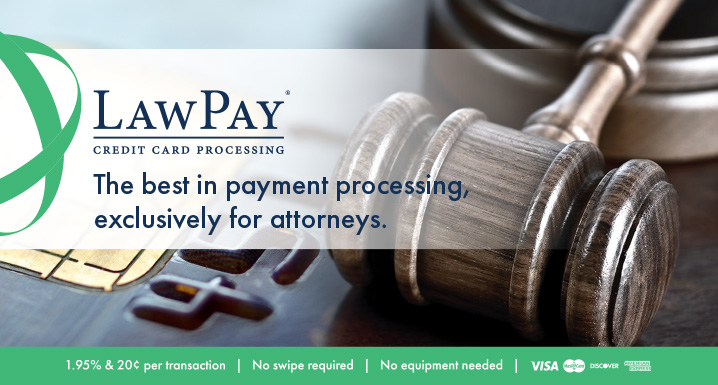According to an industry-wide study conducted by LexisNexis, 9 out of 10 lawyers say that they’re operating during a time of unprecedented change. In addition, 6 in 10 agree that retaining clients has become a daunting challenge compared to years past. The fact of the matter is that the legal industry itself isn’t the only thing changing face. The modern legal client has updated expectations when it comes to the legal representation they think they deserve in our digital age.
We’re seeing online commoditization emerge in the legal domain, completely revolutionizing how we think of the industry. One trend, however, could be the legal professional’s saving grace – technology. To all of the late adopters out there, it’s now or never to welcome legal software into your firm. Contemporary business solutions like practice management and communication tools are the modern law firm’s way of differentiating itself. However, the more prevalent variable that most firms struggle with is collections – technology has provided a solution for that as well. Today, many current and prospective clients prefer the option of paying with credit or debit cards as opposed to checks – and many of these individuals specifically prefer to pay their bills online. Has your firm considered this payment alternative?
According to the Aite Group, we will see a dramatic increase in online or mobile bill payments in the next few years. By as early as next year, 55% of all bills will be paid online or by smartphone. Payments delivered by mail are also expected to change drastically, decreasing from 21% of all bills to only 15% – paper checks will be nearly nonexistent. Another trend to consider is online banking, which has taken our country by storm and shows no signs of slowing down. In fact, 4 out of 5 households with internet access choose to bank online, according to a survey conducted by Fiserv Inc. A surprise to some, these numbers represent a diverse group of users that includes more than just tech-savvy Millennials; it is estimated that more than 70% of online or mobile bill payers are 35 years of age or older.
For the legal industry, credit, debit, and online payments may seem like a fad but they are quickly becoming a practice standard. Credit card payments are allowing a rapidly growing number of law firms to benefit from immediate cash flow, eliminating the well-known “the check is in the mail” response. Clients need the ability to pay by credit card – for some it is the only option. Chasing down clients and their check books has become an outdated task. It’s not your firm’s responsibility to extend credit to clients, and that is exactly what happens every time an invoice goes unpaid.
Let MasterCard, Visa, Discover, and Amex manage your clients’ credit lines, while you save your time and energy for operating, managing, and growing your firm’s practice.
LawPay is leading this progression online by being the preferred payment solution for attorneys. Designed specifically for the legal industry, LawPay offers a user-friendly tool for receiving credit card payments – the fastest way to get paid. Our secure solution is quick and simple, allowing clients to make payments anytime, anywhere.
About LawPay:
Since 2005, LawPay has been the premier payment provider to the legal industry. LawPay is the trusted payment solution for over 30,000 attorneys across the United States and Canada. In addition, LawPay is endorsed by 43 state bar associations and is part of ABA’s Member Advantage program and a proud Sponsor of Solo Practice University.























Comments are closed automatically 60 days after the post is published.